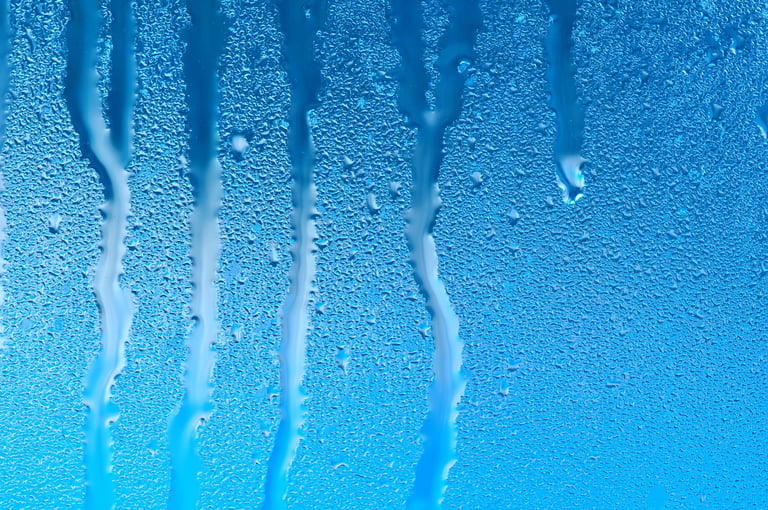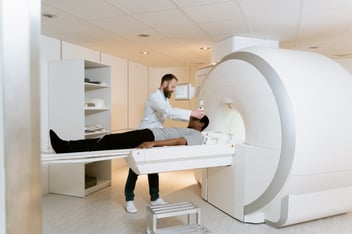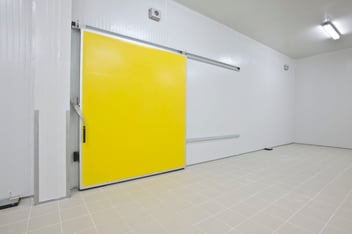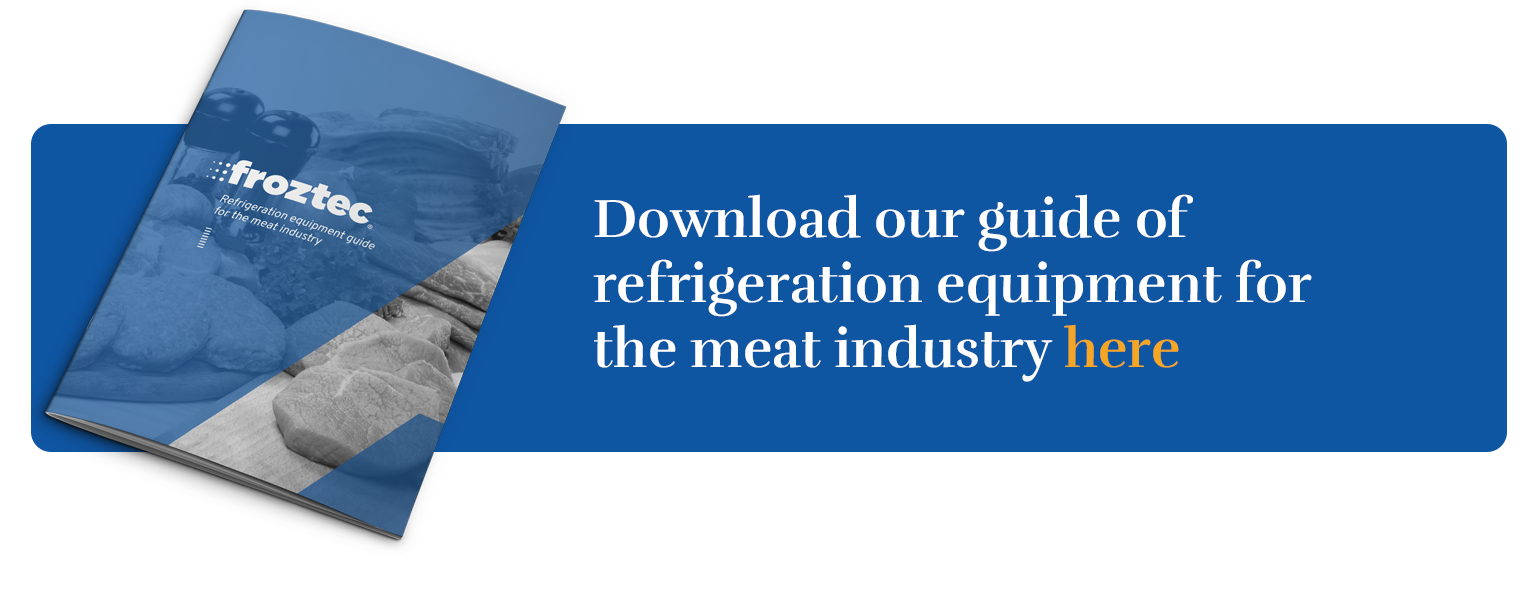Trying to maintain the ideal temperature for your industrial processes will be very difficult, if not impossible, if you don’t consider adequate control of relative humidity. This relation is this simple: the amount of heat generated in an environment will be considerably affected by the amount of water present in the air.

If you don’t adequately control relative humidity, you will always have temperature variations, no matter how much you take care of your cooling equipment.
However, this factor is underestimated in many industrial refrigeration facilities, whether for the food and beverage industry, mining, metal-mechanics, metallurgy, to name a few.
It’s very easy to divert our attention to the equipment, and not to the problems they solve. But when you invest in an industrial refrigeration system, not only the purchase of equipment is contemplated, without all the planning inside your production processes that considers the specific requirements of your product, the climatic and physical conditions of your plant, the size and rhythm of your production, the space available, among other things. You don’t invest in machinery. You invest in what at the end of the day will result in the control of your processes.
So, what is relative humidity and why is it so important? Let's start by clarifying something before:
What is not relative humidity?
When we hear about relative humidity in an industrial process, wrong ideas might come to our mind. Many times "relative humidity" is confused with the idea, much more general, of "humidity".
All industries require steam, water or other liquids. The presence of these liquids on the surface or inside the bodies is known as "humidity".
Relative humidity, on the other hand, doesn’t have anything to do with the liquids that are used for your productive processes but with the amount of water, in the form of steam present in the air, in comparison with the maximum amount of water that can be maintained at a given temperature.
Why do you need to control relative humidity?
Primero que nada, controlar la humedad es fundamental para que cualquier edificación pueda funcionar correctamente; la misma resulta importante para proteger a los ocupantes de efectos adversos a la salud y para proteger la edificación, sus sistemas mecánicos y sus contenidos de daños físicos o químicos. Sin embargo, los problemas de humedad son tan comunes en las edificaciones que muchas personas los consideran inevitables.
First of all, controlling humidity is essential for any building to function properly; it’s important to protect the occupants from adverse effects on health and to protect the building, its mechanical systems and its contents from physical or chemical damage. However, humidity problems are so common in buildings that many people consider them unavoidable.
However, this shouldn’t be common, neither in homes, nor much less in buildings destined for industry. The control of relative humidity is essential to maintain, at least, three important aspects within an industrial work environment:
Hygiene and comfort of the workers.
The control of humidity inside working environments begins to be regulated in many Latin American countries. To get us into context, the ASHRAE emphasizes the need to control it not only for the efficiency of industrial processes, but for the safety of workers. In Standard 62.1, which deals with ventilation and indoor air quality, limits relative humidity to a maximum of 65%.
Concerning to comfort, high relative humidity levels reduce the ability of air to evaporate water from people's skin. This reduces the body's ability to stay cool and comfortable. The increase in ventilation has a totally different effect during the winter. Cold air has the capacity to retain very little moisture, because when it is introduced into the conditioned space, the relative humidity inside is drastically reduced. During a winter day when the external conditions are 2 ° C and 50% relative humidity, when entering somewhere, the relative humidity will drop to 14%, where the interior temperature is 21 ° C.
Energy efficiency
The efficiency of your refrigeration equipment depends to a large extent on how controlled the relative humidity is when it produces a condensation of water vapor in walls and elements, a phenomenon called dew point. When the water vapor condenses, it not only forces the operation of the equipment, but it can be terrible for production.
Some regulations, such as that of the ASHRAE in the Standard 90.1-2010 prohibit cooling and then reheating the air again, with the exception of certain processes in which it is essential to do so, achieving an important advance in terms of sustainability.
Waste in production
The food industry is a clear example of how poor control of relative humidity can wreak havoc on the productive capacity of your company. In the case of meat, excessively dry air will cause the environment to absorb the moisture found in the molecules of the meat, reducing the mass of it.
In the case of fruits and vegetables, a dry environment will cause the same reaction, affecting the rind and pulp of the product. On the contrary, an excessively humid environment causes a greater emission of ethanol, accelerating the process of ripening and putrefaction of fruits.
But food isn’t the only one that suffers from poor handling of relative humidity. In medical laboratories, for example, the control of microorganisms and materials depends to a large extent on how controlled the environment is inside the work areas.
What to do?
If your refrigeration equipment isn’t working as it should, the cause is probably due to poor control of relative humidity. In these cases, it’s advisable to contact a specialist in industrial refrigeration, who will be responsible not only for examining the equipment and components used in your industry, but also for evaluating the relative humidity conditions in your production plants.
Related
Discover more related articles


What is a cold room and why do you need it for your products?
Can you imagine a world without refrigeration? We can tell you one thing: it would be very difficult to live in it and many of the things that...
Read more »
